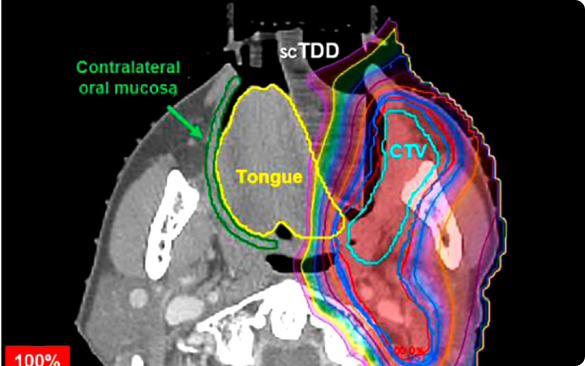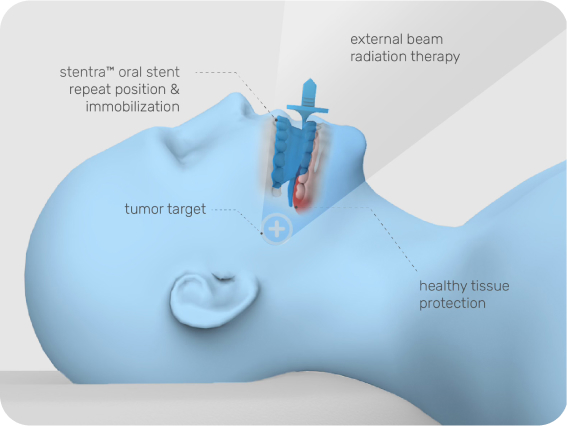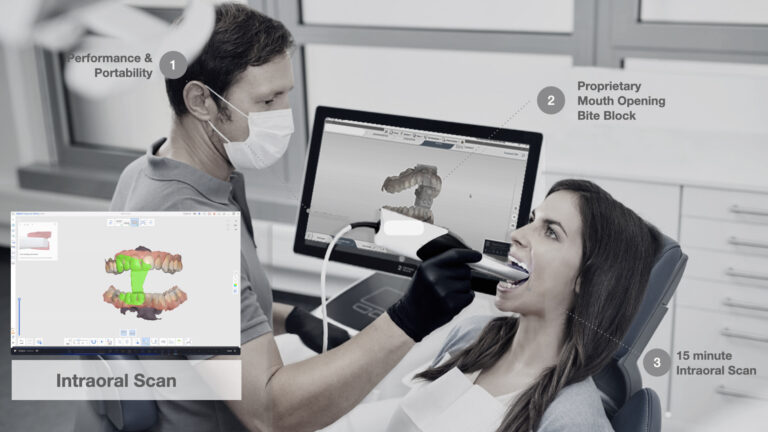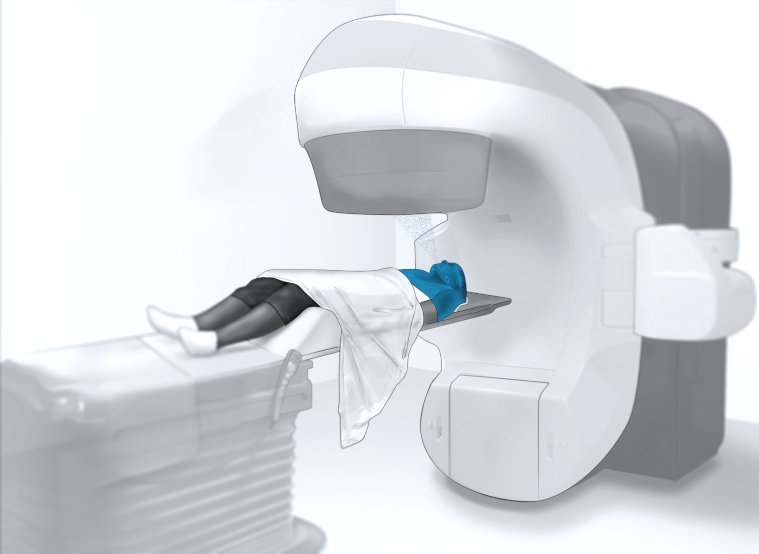This research paper investigates the effectiveness of a semi-customized tongue displacement device (SCTDD), created using 3D printing, in reducing radiation dose to the tongue during unilateral head and neck proton therapy.
The study compared the SCTDD to a standard mouthpiece in seven patients and found that the SCTDD significantly decreased radiation exposure to both the tongue and the contralateral oral mucosa. It also demonstrated the SCTDD’s ability to act as a proton beam stopper, preventing overshoot into healthy tissues. The device was designed for ease of use, anatomical fit, and integration into clinical workflows without beam interference.
These findings suggest that SCTDDs can improve dosimetric outcomes and potentially reduce treatment-related toxicity in head and neck cancer patients receiving intensity-modulated proton therapy.







